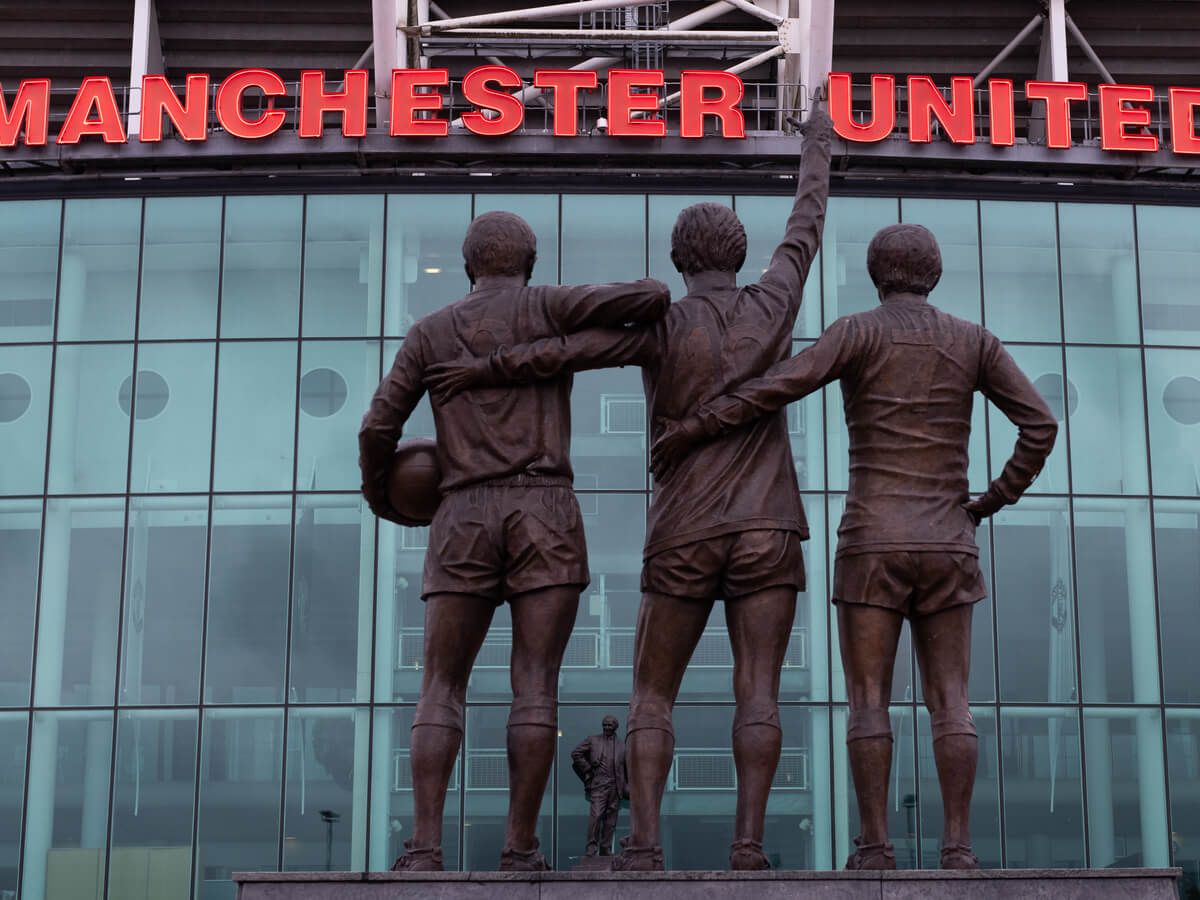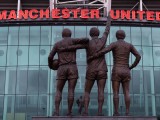INEOS are prepared to keep Casemiro at Manchester United beyond June 2026, provided the Brazilian accepts a reduction in wages. As it stands, the 32-year-old’s deal runs to the summer of 2026, at which point his four-year Old Trafford stint would conclude unless new terms are agreed. The current timeline also permits Casemiro to open talks with overseas clubs from January, potentially paving the way for a pre-contract if no agreement is reached with United.
Casemiro’s United journey has been anything but linear. Signed from Real Madrid for a reported £70 million in July 2022, the move drew scrutiny given his age at the time, yet United prioritized proven pedigree to stabilize a transitional midfield. After falling out of favor following Ruben Amorim’s arrival last November, the five-time Champions League winner has reasserted his importance this term, starting five of seven Premier League matches (one missed through suspension after a red card against Chelsea).
His experience, positional discipline, and capacity to marshal transitions have restored him as a mainstay in United’s spine, helping explain why fresh speculation has emerged around a possible extension.
INEOS’ Calculus
The ownership’s position reflects a pragmatic balance between performance value and wage structure. Sources indicate INEOS have “not ruled out” an extension beyond next June, but only on reduced terms. Casemiro is currently United’s highest earner following the exits of David de Gea and Raphaël Varane—an outlay that complicates longer commitments for a player in his thirties, even one with elite leadership credentials. United also hold a one-year option that would carry his current salary through an additional 12 months; exercising it would offer certainty on tenure but no relief on wages. Hence the preference: a renegotiated contract that aligns compensation with age curve and squad economics while preserving his on-field influence.
From a squad-building perspective, retaining Casemiro on sustainable terms ticks multiple boxes. He anchors the dressing room, accelerates the development of younger midfielders, and offers tactical flexibility—shielding the back line, organizing press triggers, and managing game state late on. For Amorim, continuity in that role reduces volatility and buys time to phase in a long-term successor without compromising results. For Casemiro, an adjusted deal could secure his Premier League legacy and keep him central to a project trending toward a clearer identity.
The next steps hinge on negotiations: if the wage gap narrows, United can lock down a high-impact veteran while maintaining cap sanity; if not, the door remains open for foreign suitors to court him in January. Either way, INEOS have set the parameters—performance merits a future at Old Trafford, but only at a price that fits the club’s evolving financial framework.












